I'm using delphi 7 and I'm trying to make a wizard interface. I don't know if there is an easier way to make a wizard, so I was thinking of making separate forms for each step of the wizard, and when the user clicks "Next" the active form closes and the next one opens.
Here's a screen-shot of two successive forms: 
I've made a procedure that take 2 forms as parameters: the form that will be closed and the next form of the wizard
class Procedure Tspad.nextForm(showForm, closeForm: TForm);
begin
closeForm.Close;
showForm.Showmodal;
end;
When I click the "Next" Button the folowing code is executed:
Tspad.nextForm(echipContractForm, clientContractForm);
When i run the program, and i press the "Next" button, the next form apeares but the curent one dosen't close.
How can i make this work, or is there another more efficient way to create a wizard?